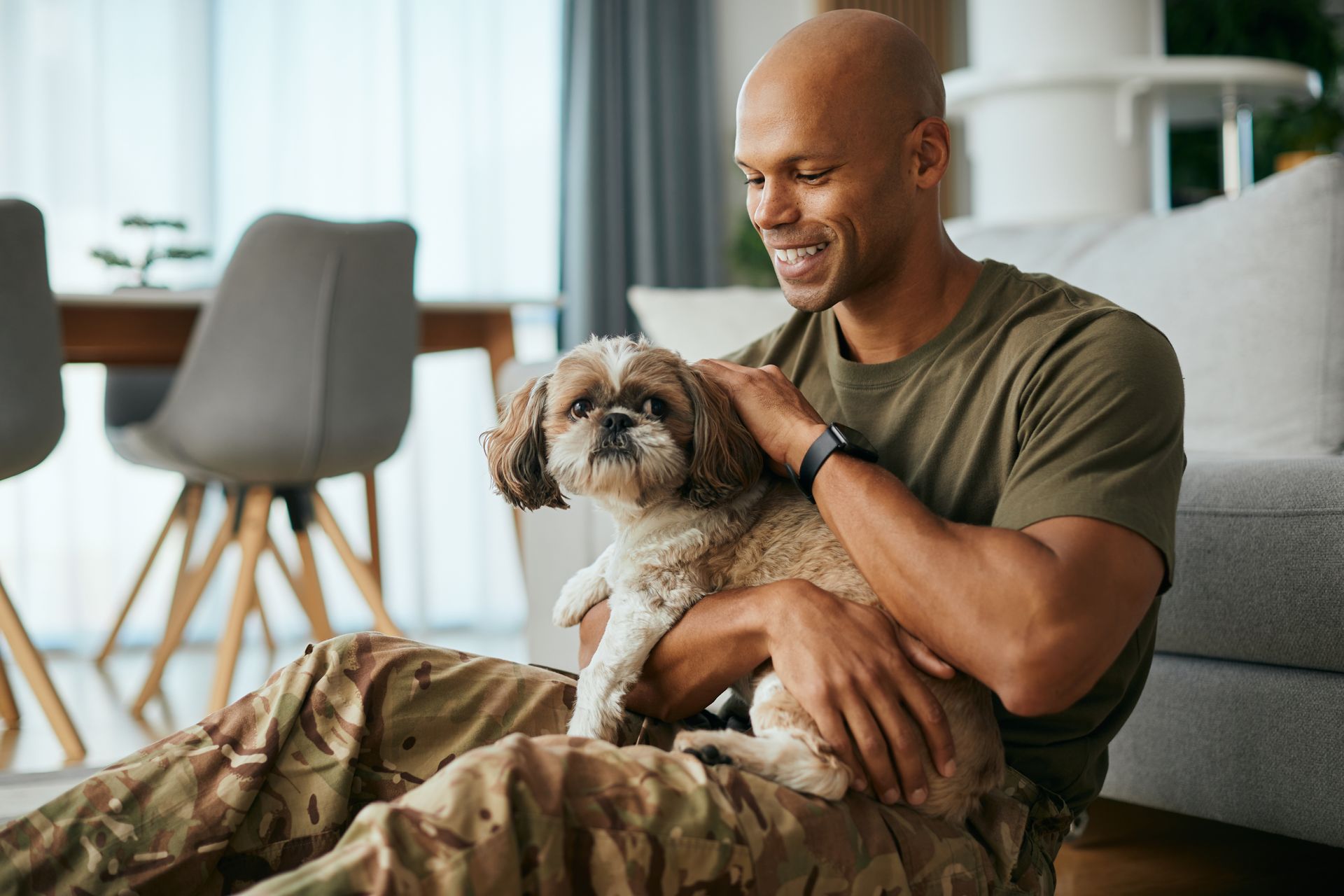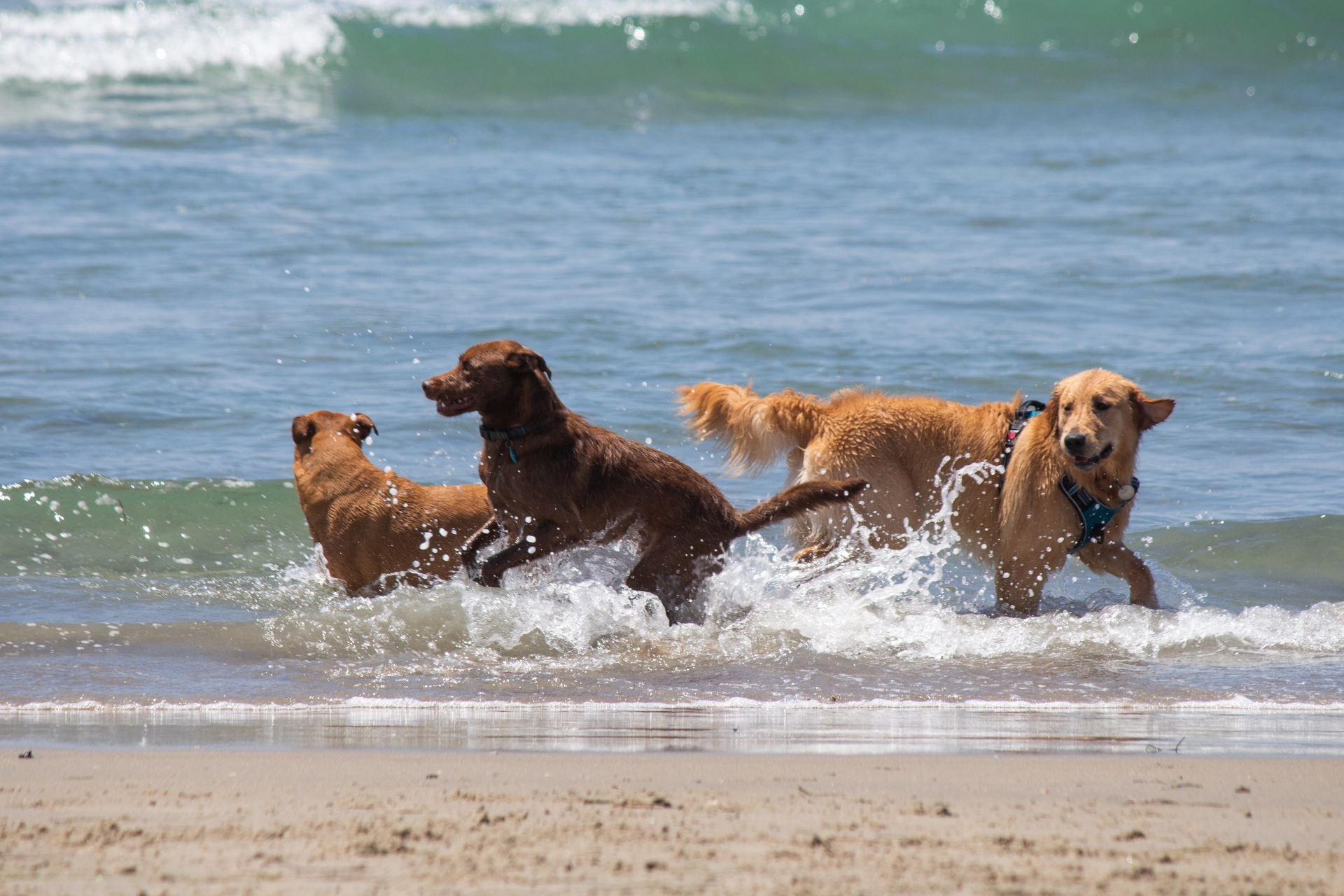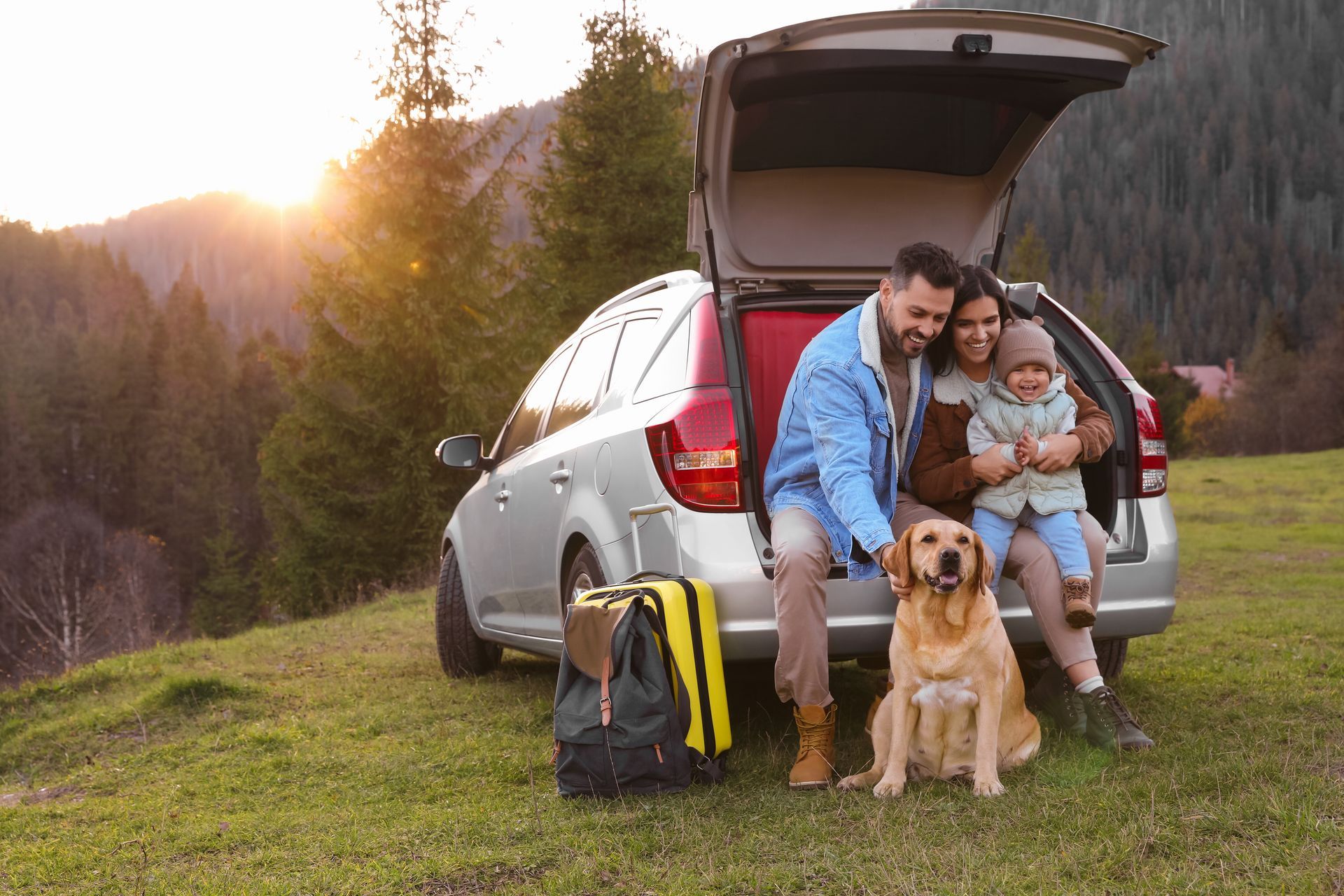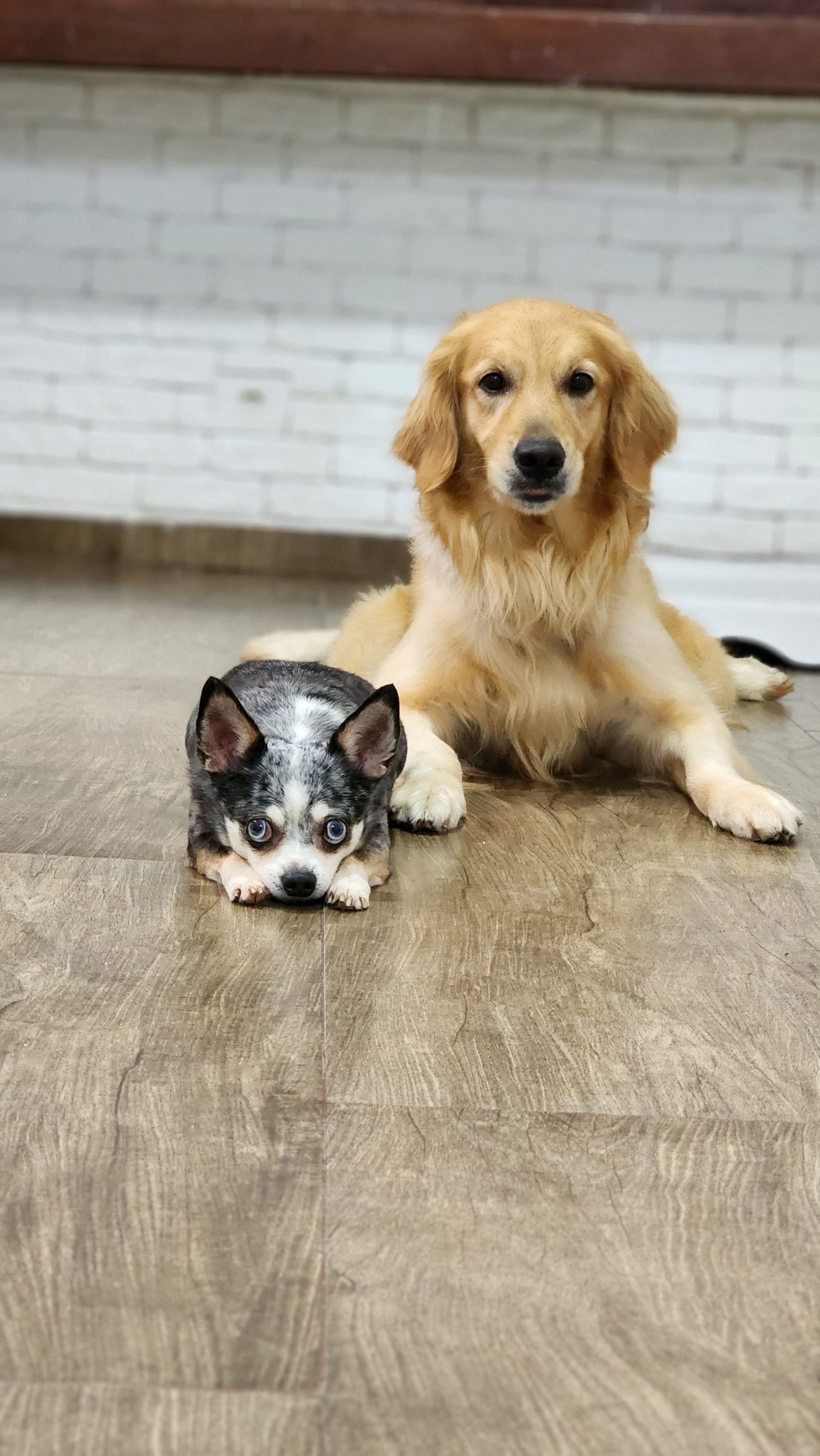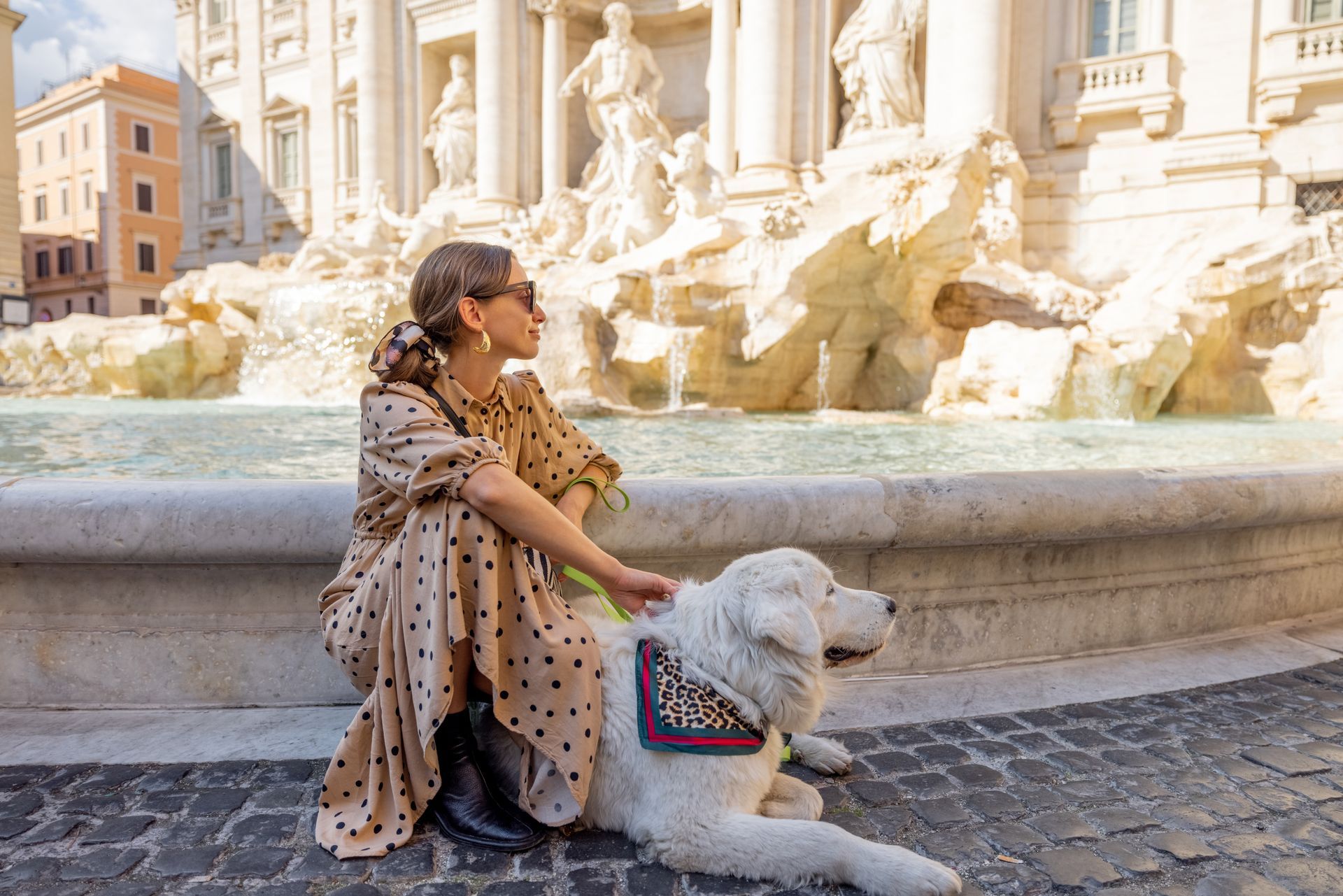Dog Training- 5 Basic Commands to Teach Your Dog
Dog Training is essential to having a well behaved new member of your family!
Bringing home a new puppy can be a joyful occasion! You will want to start off on the right foot (and paw!) by teaching him a few important basic commands. Positive reinforcement is the best way to train your dog so that he feels secure and trusting and confident in his ability to succeed.
Usually around 8 weeks, puppies can begin training with praise and positive reinforcement. They can start wearing a collar and becoming acclimated with the leash.
Training should never involve any physical punishment or anger. All you need is a firm NO! when correcting unwanted behavior. Rewarding behavior is always encouraging. Use training treats or something small and chewy that can be eaten quickly so you can keep the progress moving forward. You can also offer praise or a chance to play with a favorite toy. A great way to condition your new puppy to like your praise is to offer praise at the same time you are giving them a treat. Tell him he's a "Good Boy!!" when handing him the treat and he will make the association quickly.
Around 12-16 weeks, you can begin teaching your puppy the 5 basic commands:
Sit, Come, Down, Stay, Heel
Keep your training sessions brief around 10 minutes at the most at first. Always end the session on a positive note with reward for a command your puppy already knows.
HOW TO TEACH YOUR DOG TO SIT
This is a good command to start with because it's the easiest dog obedience command to teach.
"Sit" is a command every dog should know. Dogs get excited when they're getting ready to go outside or go for a walk. Some have a hard time waiting while supper is being prepared and some dogs go bonkers when the doorbell rings.
Teaching your dog to sit and wait helps subdue their excitement so you can answer the door, finish their supper or get their leash attached to their collar. The sit command also works well to keep them from jumping up on people.
A few easy instructions to teach the "Sit" command:
- Hold a treat close to your dog's nose
- Move your hand up, allowing his head to follow the treat and causing his bottom to lower
- Once he's in a sitting position, say "Sit and give him a treat.
- Once he's mastered this, it's always a good idea to ask your dog to sit before he eats, gets a treat, goes for a walk or any other time you would like him calm and seated.
HOW TO TEACH YOUR DOG TO COME
"Come" means to stop what he's doing and return to you. It's an easy command to teach, and important in an emergency, if he should break loose from his leash or pen, or rush out the front door when company arrives. The come command helps you control situations much easier, and allows you to keep your dog out of harm's way.
It's best to start this training lesson using a leash.
Ask your dog to sit, squat down in front of him and say "Come" while gently pulling on the leash.
When he comes to you, reward him with affection and a treat
Once he's mastered it with the leash, try the command without the leash
Recommend teaching this command in a quiet area, and indoors. Squat down about 5-10 feet from your dog and say the word
"Come." If he starts moving toward you, give him verbal praise and encouragement. Like all training, use a happy, encouraging tone of voice. You want him to think that the process is fun, not scary. Once he reaches you, praise him and give him a treat
HOW TO TEACH YOUR DOG DOWN
This can be one of the more difficult commands in dog obedience training.
Find a particularly good smelling treat, and hold it in your closed fist.
- Hold your hand up to your dog's snout. When he sniffs it, move your hand to the floor, so he follows.
- Then slide your hand along the ground in front of him to encourage his body to follow his head.
- Once he's in the down position, say "Down," give him the treat, and share affection.
Repeat it every day. If your dog tries to sit up or lunges toward your hand, say "No" and take your hand away. Don't push him into a down position, and encourage every step your dog takes toward the right position. After all, he's working hard to figure it out!
HOW TO TEACH YOUR DOG TO STAY
"Stay is harder for some dogs to learn, but it's well worth the time and patience it takes to teach it. Dogs don't always understand they could be in danger, and using stay can stop them from running in front of a car or grabbing something they shouldn't have. It gives you time to remove the danger or wait until it's gone. Staying can be hard for a dog to do when he sees something he wants, especially if it's a cat or squirrel in the yard across the street; however, it's an essential command every puppy and dog should know.
Before attempting this one, make sure your dog is an expert at the "Sit" command.
- First, ask your dog to "Sit."
- Then open the palm of your hand in front of you, and say "Stay."
- Take a few steps back. Reward him with a treat and affection if he stays.
- Gradually increase the number of steps you take before giving the treat.
- Always reward your pup for staying put - even if it's just for a few seconds.
This is an exercise in self-control for your dog, so don't be discouraged if it takes a while to master, particularly for puppies and high-energy dogs. After all, they want to be on the move and not just sitting there waiting.
HOW TO TEACH YOUR DOG TO HEEL
"Heel" helps you control your dog while on a walk and when you are around other people or dogs. Instead of allowing your dog to pull on his leash, heel puts him by your side where you have better control of him should you meet another dog or person while walking.
The Heel command is an advanced command and can take time and patience to teach.
Position your dog on your left hand side. Have some small training treats in your left hand. Have him sit and stay. When you are ready to walk, move slowly and say the word heel as your dog walks beside you. Offer a treat every step or two as a reward.
If your dog starts to pull or veer off or lose focus, stop walking. Ask him to sit, stay, and then start walking slowly again once he is calm and focused on you.
Consistency is key with the heel command. Be patient and practice this command each time you walk your dog. Don't give up on him - a well behaved dog on a leash is worth the work!
Don't rush the process. Remember, you're asking a lot of your dog. If you take it up a notch and he's really struggling, go back to the previous stage.
Just these five simple commands can help keep your dog safer and improve your communication with him. It's well worth the investment of your time and effort. Remember, the process takes time, so only start a dog obedience training session if you're in the right mindset to practice calm-assertive energy and patience.
